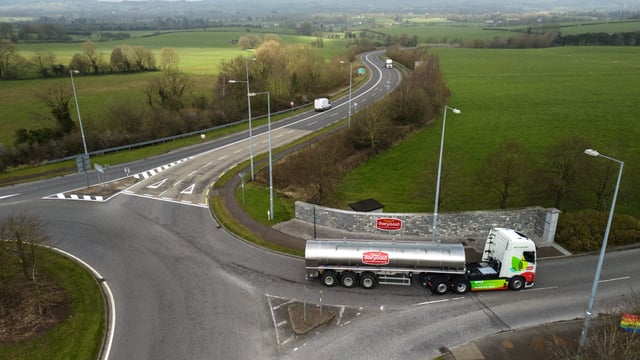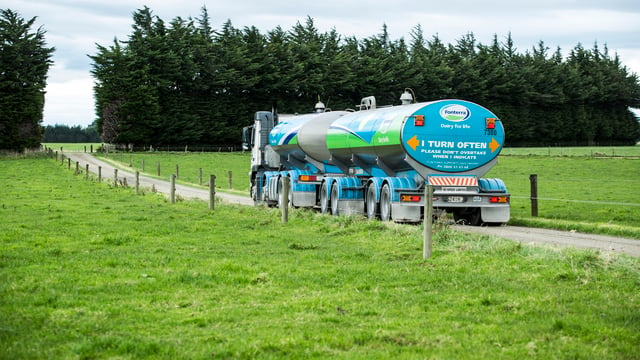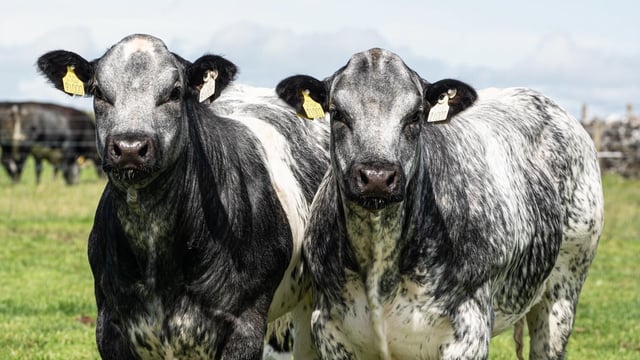Multi-species sward and red clover payments get underway
Minister for Agriculture, Food and the Marine, Martin Heydon, has announced the commencement of payments under the 2025 Multi-Species Sward and Red Clover Silage Measures.
Payments of over €2.1 million will issue to over 1,200 farmers for these measures in the coming days, the minister said.
A payment rate of €300/ha will apply, up to a maximum 20ha per measure.
"In 2025, farmers have continued to show interest in both these crops, and matching this interest, my department has ensured that the payment rate of €300/ha is maintained. Eligible applicants will receive a payment on a maximum of 20 hectares per measure," the minister said.
"These measures have enabled farmers to take advantage of the significant environmental and nutritional benefits possible from these swards and provide information for future management of such swards," he added.
"These two measures have significantly increased our understanding of the benefits obtained from both crops, and how they should be managed for best results."
In cases where the Department of Agriculture, Food and the Marine (DAFM) has requested further information, farmers are encouraged to return the required supporting documentary evidence as early as possible to allow payments to issue.
The measures were introduced by the department to "promote environmentally sustainable methods" of farming, which, according to the department, will have a positive impact on climate emissions, biodiversity and water quality.
The department said that multi-species swards have been shown to be beneficial in maintaining high forage yields using significantly less nitrogen fertiliser, which has a beneficial impact on nitrous oxide emissions while reducing input costs for farmers.
Other benefits of using multi-species swards include improved biodiversity; greater tolerance to drought conditions; improved soil structure and soil porosity; and reduced anthelmintic requirements, the department said.
Meanwhile, red clover silage has shown that due to its nitrogen fixing ability, these swards are higher in protein than conventional silage and combined with their ability to yield over 14t DM/ha, will assist farmers in reducing their concentrate feed bills.





